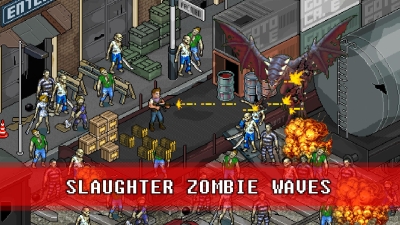
The blue row is usually reserved for armor, but survivors can use it.
Blue, row with Dave, is not as effective but not as dangerous as the red row. Red, row with Manton, is the most effective yet vulnerable row. Colored rows (see image "Inventory Rows" on the right). Companions are more effective yet vulnerable in upper rows. This way they will neither deal or receive damage. To remove a companion from combat entirely, place them in the lower brown inventory row. In your hands, they are used as your combat attack. A companion's placement in the inventory affects their effectiveness and vulnerability. Any other lane will include them in combat. In order for a companion to participate in combat, they must not be in the brown inventory row. See " Do You Have To Feed Companions?" section. However, there's a low chance that the companion will die from the siege. Should a stronghold be (successfully?) raided by another player, the companion will run away and be found later. Hold and defend strongholds when placed in a stronghold. Each survivor provides a different (not random) number of inventory slots. Companions can be used/included in fights. Vehicles do not attack and can not be attacked.Ĭompanions in a stronghold will use up to 1.0 food each day they are in the stronghold.Ĭompanions in a safehouse do not consume food and water. Horse is a vehicle, therefore it does not consume food and water. 
Guard Dog Lvl 4 and Guard Dog Lvl 5 each consumes random amount, of AT LEAST 1.0 food and water.

Every survivor consumes 0.1 food and water.'Companion' refers to human or animal NPCs.ĭo Companions Consume Food and Water? Įach time a player enters an encounter, the companions that are with the player (backpack or out) will consume a certain amount of food and water as well:.

Survivors and Companions are helpful in all player-controlled fights.
2 Do Companions Consume Food and Water?.






 0 kommentar(er)
0 kommentar(er)
